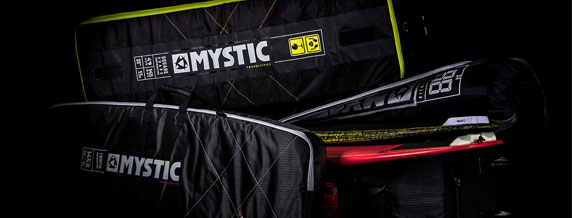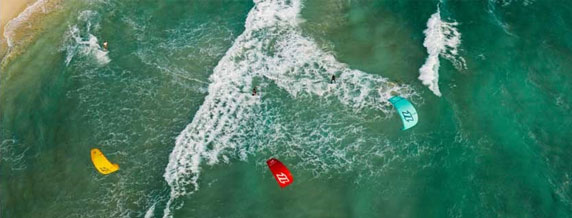Guide Débutant Kitesurf
Tout ce que vous devez savoir sur les ailes, les planches de kite, les combinaisons et les harnais ainsi que comment choisir votre premier équipement ! Toutes les connaissances dont vous avez besoin sont fournies ci-dessous ainsi que des exemples de produits et des sets complets. Besoin d'aide pour trouver le bon équipement de kitesurf ? N'hésitez pas à nous contacter !

Acheter une combinaison
Nous vous aidons en tant que débutant à faire le bon choix de combinaison
Combinaison pour débutants
Il est important de rester au chaud si vous êtes dans l'eau pendant quelques heures pour profiter d'une excellente session. Il est donc crucial d'acheter une bonne combinaison pour vous garder au chaud. Sur cette page, nous vous disons tout ce qu'il faut savoir sur les combinaisons :
- Quels types de combinaisons existent ?
- Que signifient ces chiffres (comme 4/3 ou 3/2) ?
- Quelle épaisseur doit avoir ma combinaison ?
- Dois-je opter pour une combinaison avec zip dorsal, frontal ou sans zip du tout ?
- Quelle est ma taille de combinaison ?
- Comment enfiler ma combinaison ?
- Comment entretenir ma combinaison ?
Quels types de combinaisons existent
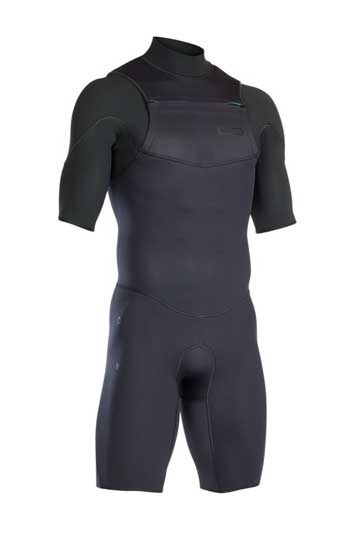 Shorty
Shorty
Les shortys ont des bras longs ou courts et des jambes courtes. Les shortys sont pour les mois d'été ou les températures plus chaudes.
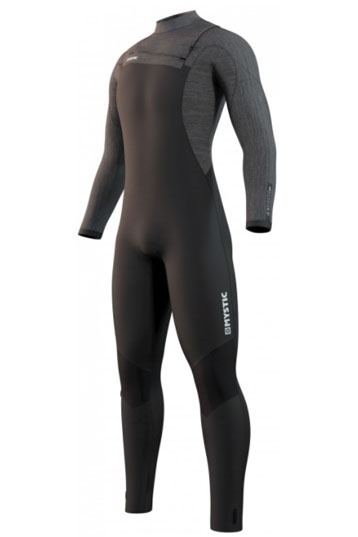 Combinaison intégrale
Combinaison intégrale
Combinaison intégrale : les combinaisons intégrales ont des bras longs et des jambes longues et sont les types de combinaisons les plus courants.
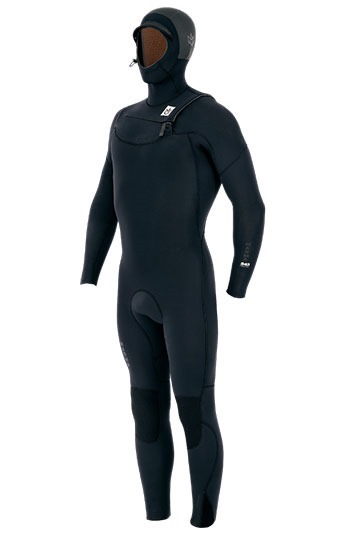 Combinaison à capuche
Combinaison à capuche
Combinaison intégrale avec capuche intégrée : ces combinaisons sont pour l'hiver.
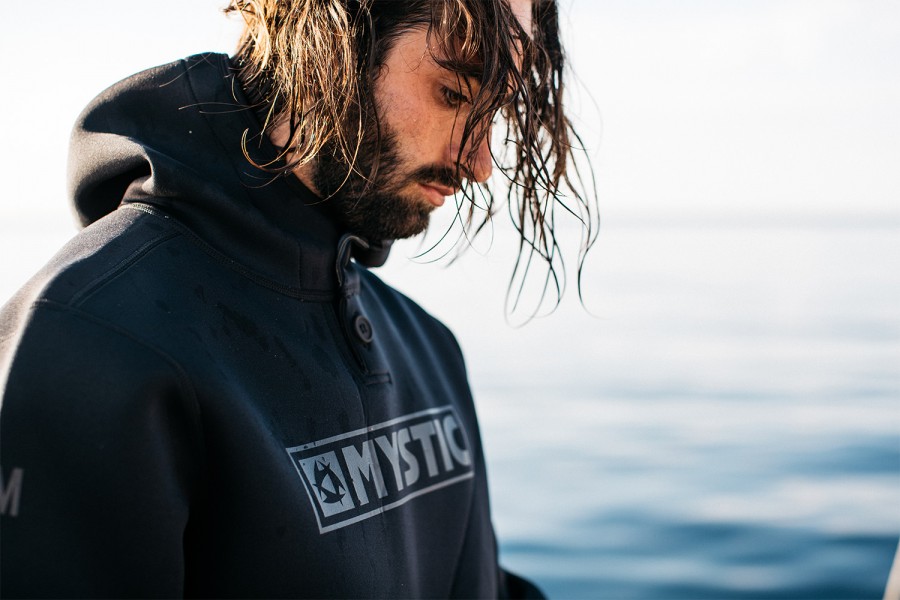 Couches thermiques
Couches thermiques
Couches thermiques : il existe différents types de couches thermiques qui peuvent être portées seules, sous ou par-dessus une combinaison.
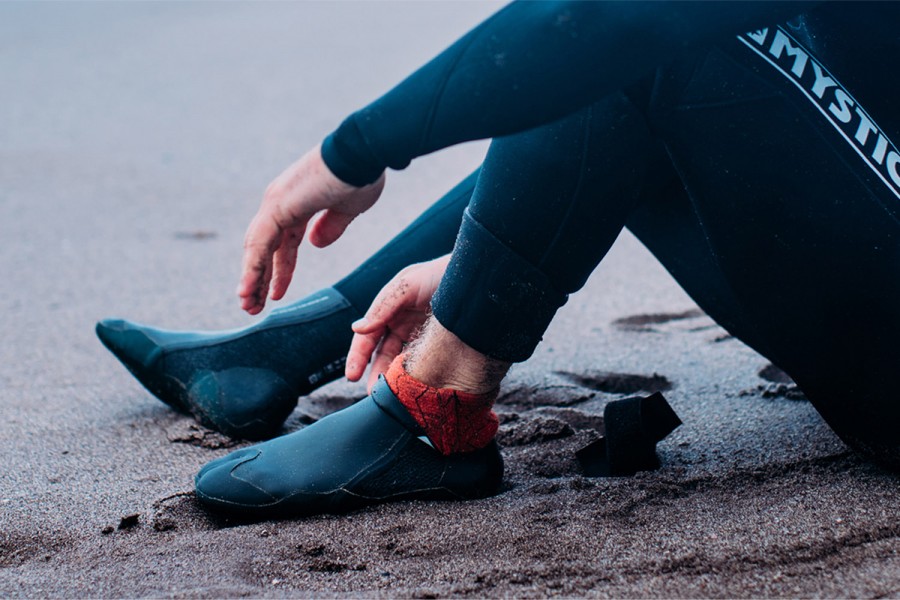 Accessoires en néoprène
Accessoires en néoprène
Accessoires en néoprène : ils sont cruciaux pour prolonger votre saison. Ajoutez d'abord les chaussons, car vos pieds sont toujours dans l'eau froide, puis ajoutez les couches thermiques avec une capuche et enfin les gants
Que signifient ces chiffres (comme 4/3 ou 3/2) ?
Une combinaison indiquée comme 4/3 a 4mm de néoprène au niveau du torse et 3mm aux extrémités. Le matériau est plus fin au niveau des coudes et des jambes pour vous offrir plus de liberté de mouvement.
Quelle épaisseur doit avoir ma combinaison ?
L'épaisseur d'une combinaison est le facteur principal qui détermine la chaleur d'une combinaison. Consultez notre tableau du Guide Combinaisons Kitemana ci-dessous pour les épaisseurs recommandées et les accessoires en néoprène. Plus l'eau est froide, plus le matériau est épais !
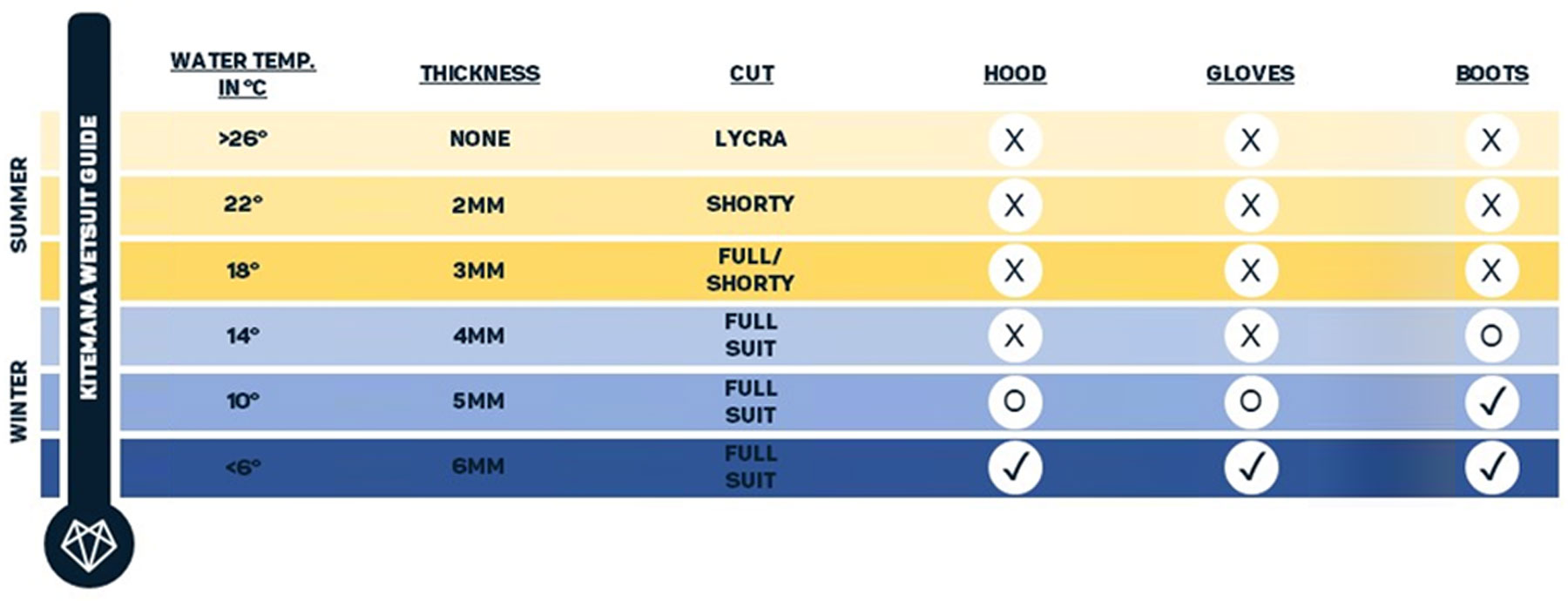
Ce tableau sert juste d'orientation et les épaisseurs idéales peuvent varier de 1 à 2mm par rapport à la recommandation ci-dessus en raison du refroidissement éolien, de votre niveau d'activité, de la durée de vos sessions et de votre sensibilité individuelle.
Dois-je opter pour une combinaison avec zip dorsal, frontal ou sans zip du tout ?
Combinaisons à zip dorsal
Les combinaisons à zip dorsal sont les plus faciles et les plus rapides à enfiler et enlever. Cependant, les combinaisons à zip dorsal ont tendance à laisser entrer le plus d'eau et ne sont pas aussi flexibles que les deux autres. Si vous préférez le confort à la performance, les combinaisons à zip dorsal sont pour vous.
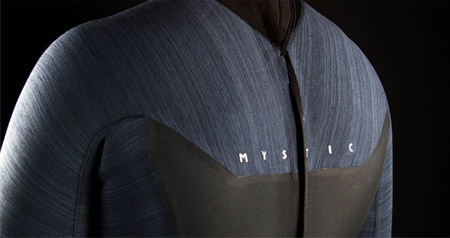
Combinaisons à zip frontal
Les combinaisons à zip frontal ont des fermetures éclair plus courtes, situées sur la poitrine. Par conséquent, ces combinaisons sont un peu plus compliquées à enfiler mais laissent entrer moins d'eau et offrent plus de liberté de mouvement. Si cela ne vous dérange pas de faire un peu plus d'effort, avant et après la session, optez pour une combinaison à zip frontal.
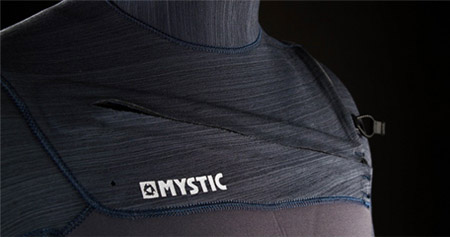
Combinaisons sans zip
Les combinaisons sans zip sont des produits de performance haut de gamme et conçues pour les kiteurs de vagues et de freestyle qui recherchent une performance maximale. Nous recommandons les combinaisons sans zip comme le meilleur mélange de confort et de performance.
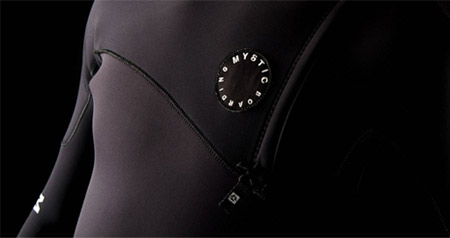
Quelle est ma taille de combinaison ?
Les combinaisons sont disponibles en tailles américaines standard comme M (medium). Cependant, là où les vêtements normaux sont plus amples et ont donc une coupe plus large, une combinaison doit vraiment s'ajuster comme un gant. Pour cette raison, des mesures de longueur supplémentaires ont été développées comme MT ou MS (medium tall ou medium short). Vous trouverez des tableaux de tailles pour chaque combinaison sur les pages produits de notre boutique en ligne.
Comment enfiler ma combinaison ?
Glissez les pieds en premier et progressez petit à petit. Quand vous glissez avec vos pieds, ne tirez pas sur la poitrine, mais sur les jambes. Ne tirez pas trop fort et faites attention à vos ongles et au néoprène à maillage lisse sur le devant et le dos. Vous pouvez consulter notre article de blog sur comment enfiler correctement les combinaisons avec des instructions vidéo ici :
Comment entretenir ma combinaison ?
- Rincez-la à l'eau douce froide après chaque session.
- Ne séchez pas votre combinaison à la lumière directe du soleil.
- Séchez votre combinaison à l'envers.
- Rangez-la soigneusement sur un cintre large. De préférence avec les bras et les jambes vers le bas.
- Lavez à la main une fois par an avec un shampoing pour combinaison.
Besoin d'aide pour trouver la bonne combinaison ? N'hésitez pas à nous contacter à tout moment !
Ajouté au panier
| Sous-total | € 0,00 |
| Frais de livraison NL | Gratuit |
| Total (incl 0% TVA) | € 0,00 |
Vous n'avez pas de produit(s) dans votre panier
Vous ne savez pas par où commencer?
Visitez notre service client pour obtenir des conseils





